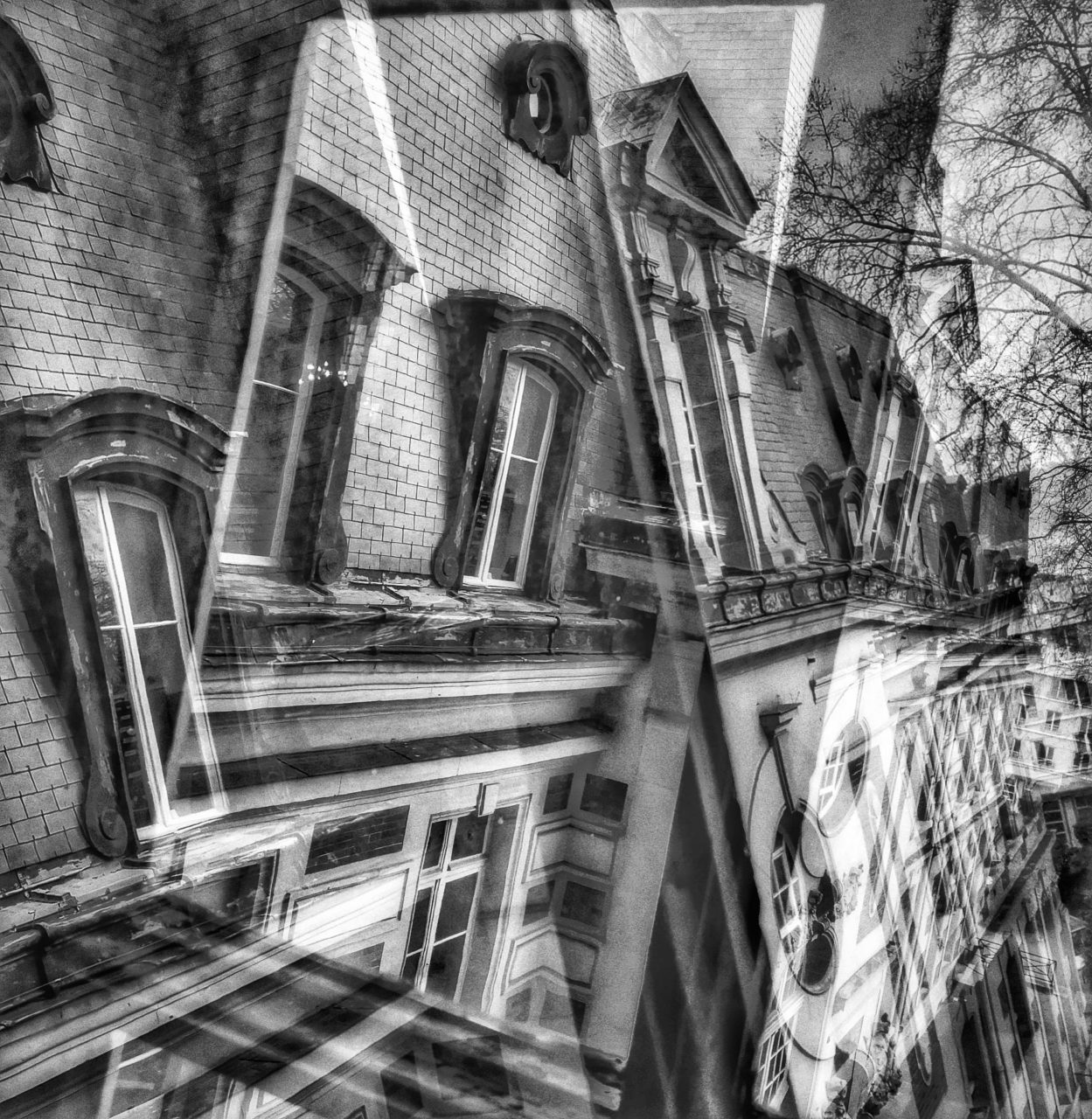On Becoming French Okies
“French” invokes Paris, Eiffel Tower, Notre Dame Cathedral, fine cuisine and wine. But there are other places where “French” has fostered for centuries.
With name like “Boudreau” and my wife, Dorothy, maiden name being “Cottreau” and both having grown up speaking French in a fishing village, southwest Nova Scotia, no doubt, make us “French,” specifically “French Acadian.”
Nineteen-seventy-one, working for Honeywell in Massachusetts, I accepted their offer to transfer to Oklahoma City. I knew little about Oklahoma. Anticipating relocation, friends and family made comments: “Why are you going out there? There’s nothing but cowboys and Indians.”
Honeywell flew me and Dorothy to Oklahoma City to look at houses. Approaching landing at the Will Rogers World Airport, the city’s sparkling points of lights spanned for miles in all directions. June, we immediately felt the warm air and human warmth at the Holiday Inn. Our ears heard friendly southern drawl for the first time.
Following a tour of the Honeywell plant, a real-estate agent drove us through several neighborhoods looking at houses. We saw better styles and prices than accustomed to in Massachusetts.
That night, we dined at the Chandelle Club restaurant on the top floor of the United Founder’s Tower. Seated 20 stories high, eating and slowly rotating 360 degrees, a spectacular panoramic view of the city added to the delectable food—night lights emerging in the twilight.
Next day, we were escorted through the famous Cowboy Hall of Fame. Inside, the tour displayed historical and cultural artifacts that enlightened us to a way of life instrumental to the United States’ westward development, and pioneers’ hard work. We glimpsed at how the Native Americans, cattle and oil industries enriched the Oklahoma’s growth.
Excited, we moved to Oklahoma City—a friendlier environment, better house, moderate climate, and a calmer way of life. We bought a house in Windsor Hills. We still live there today.
September 1971, settled in our new home, children in school, as time permitted, we explored Oklahoma beyond Oklahoma City.
I remember a tornado devastating Union City. I drove the family there and witnessed nature’s destructive power, common in Oklahoma.
On landscapes, like giant mechanical mosquitoes, pumps labored, sucking oil from the ground.
In 1972, I pledged my citizenship vows to the United States of America in the Murrah Federal Building.
We noticed our children lingering some of their spoken words.
One weekend we drove to the Alabaster Caverns, northwest Oklahoma. I hadn’t imagined such geologic structure existed in the Plains. We saw live bats in natural habitat. Spending the night in Woodward, we went to the Great Salt Plains. Exited, the children dug crystals and brought them home.
In the Wichita Mountains we visited a spiritual site called “The Holy City.” Inside a small chapel, mystical silence enshrouded us. Meager ornaments and lit candles conveyed a feeling of being touched by the Divine. Not far from the chapel, in front of a shattered red stone wall, three crosses pinnacled the elevated earth. During Easter festival, large crowd gather to witness the reenactment of Jesus’ Crucifixion.
On Mount Scott, unbeknownst that Oklahoma had such a vista. On a rocky ledge, we saw a rattlesnake, rattling its tail. We saw American buffalos and long-horn cattle.
Fort Sill, we learned of Geronimo’s prominence. We had dinner at the historic Old Plantation Inn restaurant in Medicine Park.
One Sunday afternoon we drove along the famous Route 66 from Oklahoma City to Tulsa.
A trip to Robbers Caves, southeast Oklahoma, found me driving winding roads, dwarfed by tall-tree forests that seemed out of context to other Oklahoma landscapes. Boulders formed hide-a-ways, professed that notorious outlaws used the hide-outs in the early 20th century.
Spring, in Waurika at a Rattle Snake Festival, ate cooked snake (I liked it), bought crafts made with rattlers’ heads, skin, and saw thousands of vipers in an enclosure where a man prodded the snakes. Rattling tails that sounded like hundreds of cicadas, an insect we had not seen and heard until we moved to Oklahoma.
Guthrie, the original Oklahoma Capital, where roots took hold of the land, and sprouted throughout the Territory. In the Territorial Museum ruminant implements, photographs, and paintings told of the rugged, hard-working men and women who endured and labored after the land-run of 1889.
North in Ponca City, admiring the statue of a Pioneer Woman holding the hand of a child, exemplified women’s contribution to the development of the land.
My perception of Native Americans was limited to what I had seen in western movies. I learned that Native Americans consisted of many tribes: Cherokee, Cheyenne, Kiowa, Apache, Comanche, Chickasaw, and Kickapoo, to name a few.
Visiting Tahlequah, capital of the Cherokee nation, gave us an insight into the culture, written language, and suffering along the Trail of Tears of the 1830s. The story reminded me of the Acadian expulsion in 1755. More recently, we visited the Chickasaw Cultural Center, in Sulphur, Oklahoma.
Every April, having experienced, and performed at the Oklahoma City’s Festival of the Arts, signify Oklahoma’s appreciation, and appetite for the fine arts—painting, sculpture, music, craft, food, and storytelling.
And for many years, I’ve participated in Rose State College’s Global Oklahoma, a festival of cultures. Occurring early Fall, a multitude of nations exhibit their music, dance, food, and craft. Global Oklahoma offers a global vision of the world.
In 40 plus years I’ve seen Oklahoma, especially Oklahoma City rise to full bloom, exhibiting a diverse, vibrant present and future. In the 1970s, the Myriad Garden and Crystal Bridge emerged. More recent, the redevelopment package known as Metropolitan Area Projects (MAPS) rebuilt the city’s core with civic projects: Baseball Park, Central Library, renovation of the Civic Center, Convention Center, Historical Society, and a water canal through the entertainment district of Bricktown. Blending Asian and Hispanic cultures in Oklahoma City’s society, flourishes.
Sometimes, Dorothy and I still speak French to each other. And because of our accent, we are frequently asked, “Where are you from?”
I often answer, “We’re French Okies!”

